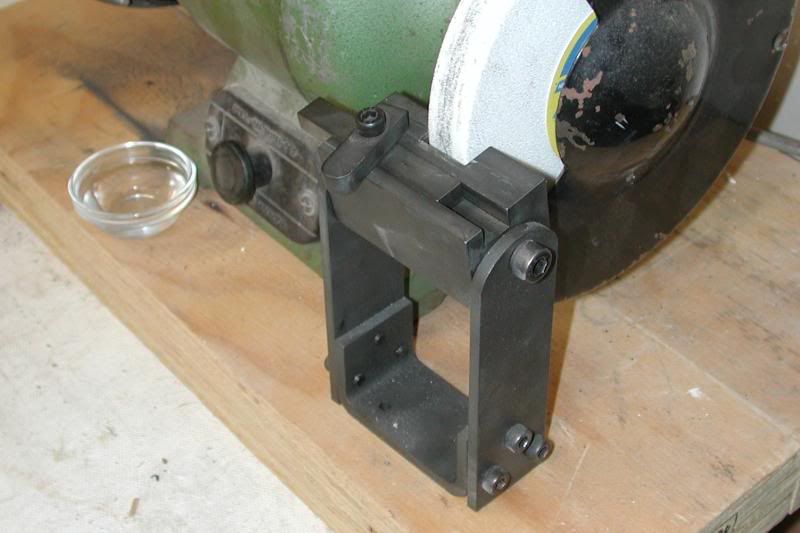Here you see it after the first grind is completed. The grind ends at the mark 1/2" back from the end of the tool. It is really easy to use, and as I slide the tool back and forth on the face of the grinding wheel, the Slider moves ahead and back in the jig slot, holding the angle correctly.
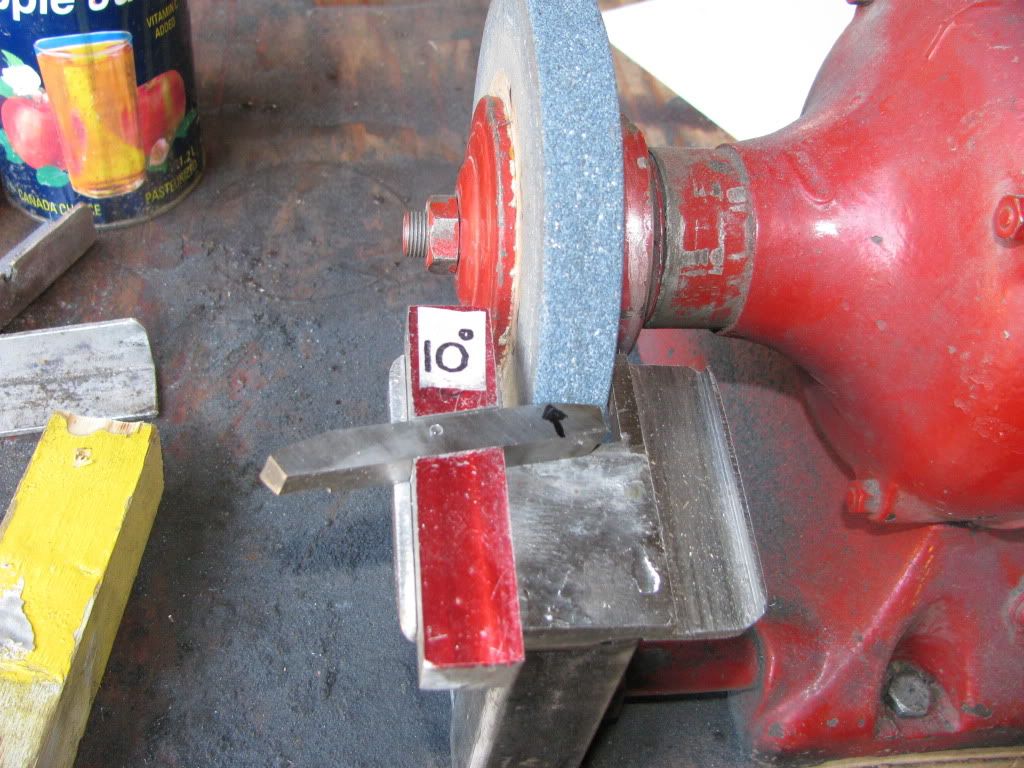






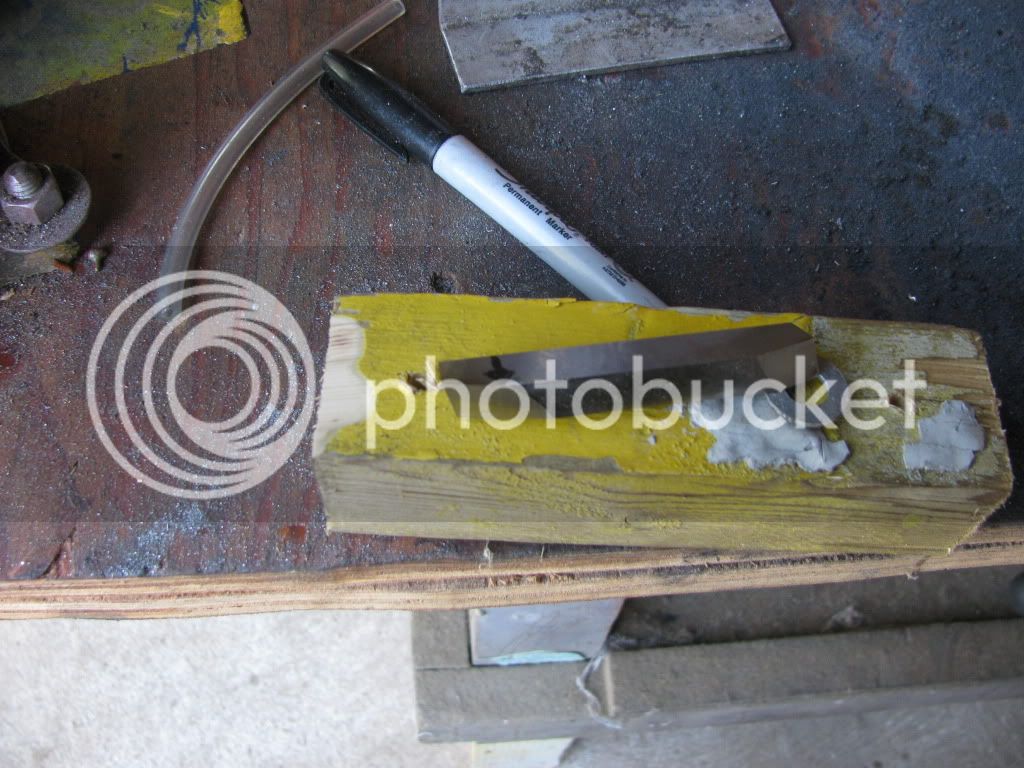
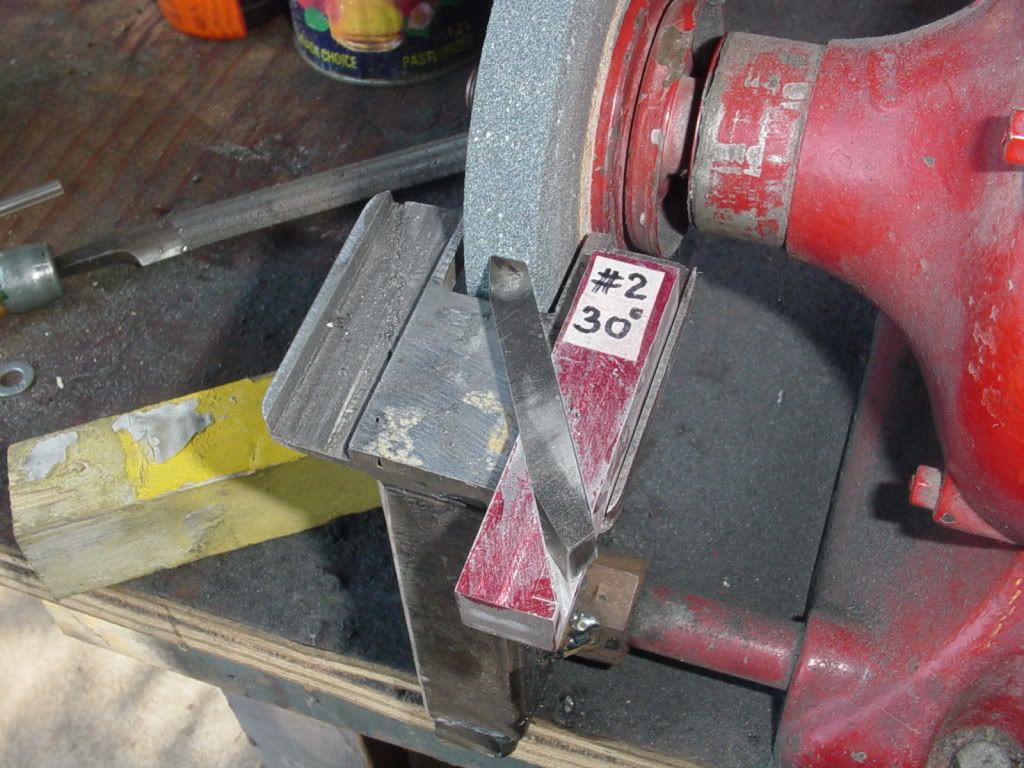
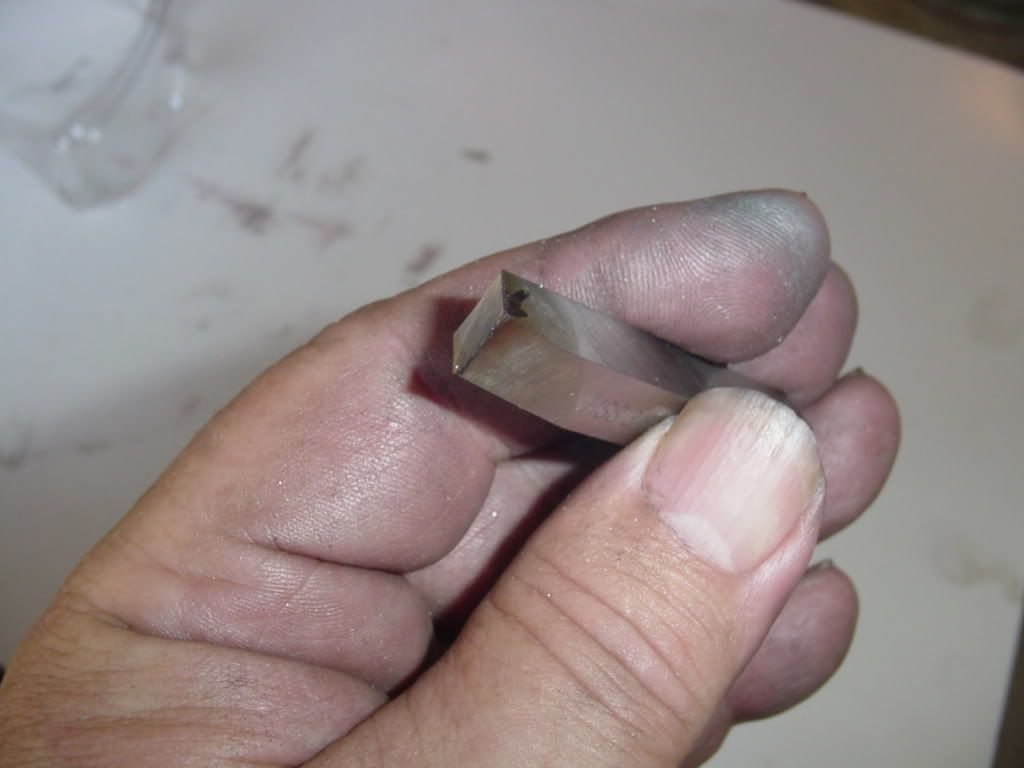

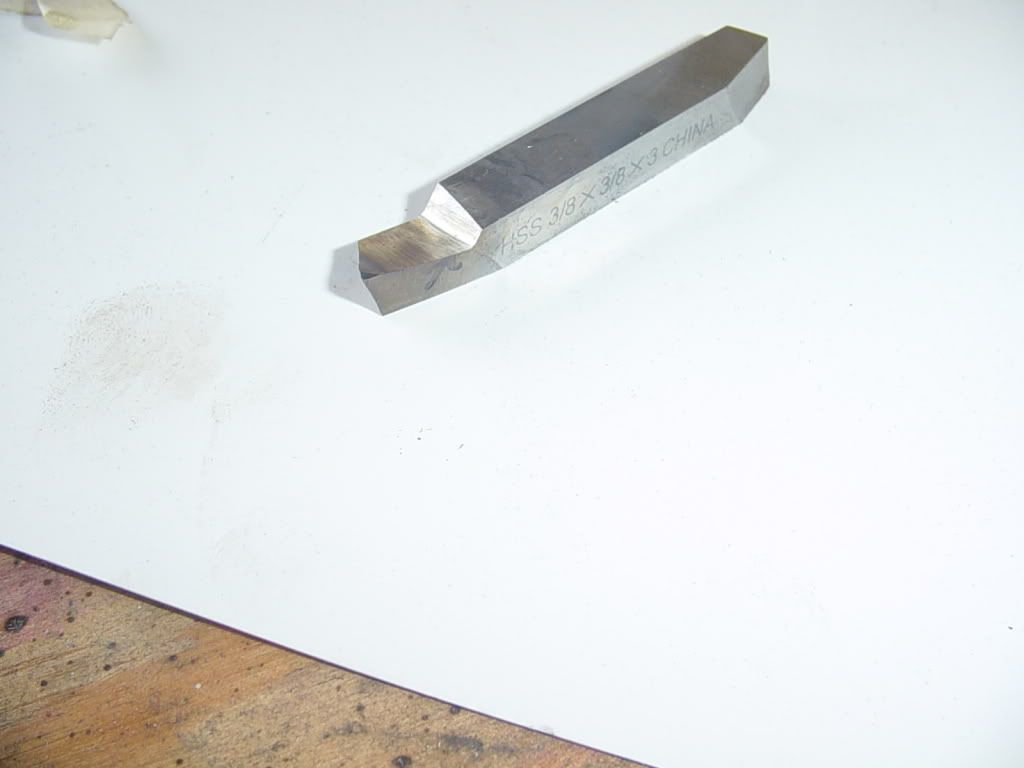
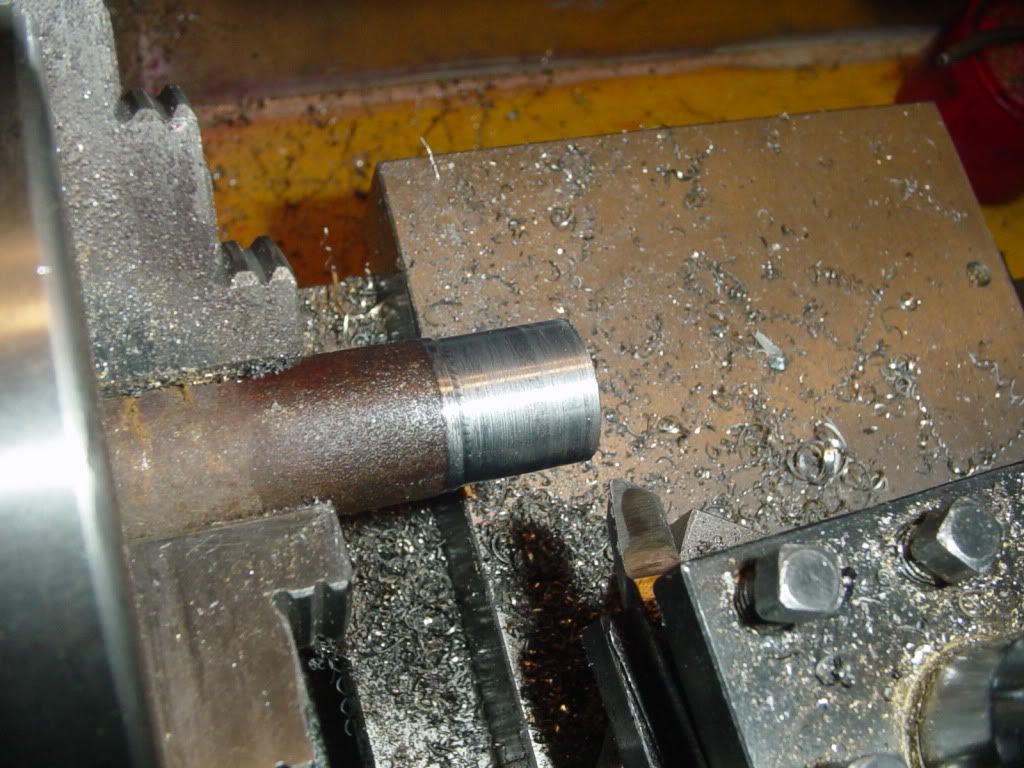





























![MeshMagic 3D Free 3D Modeling Software [Download]](https://m.media-amazon.com/images/I/B1U+p8ewjGS._SL500_.png)



![DreamPlan Home Design and Landscaping Software Free for Windows [PC Download]](https://m.media-amazon.com/images/I/51kvZH2dVLL._SL500_.jpg)






















